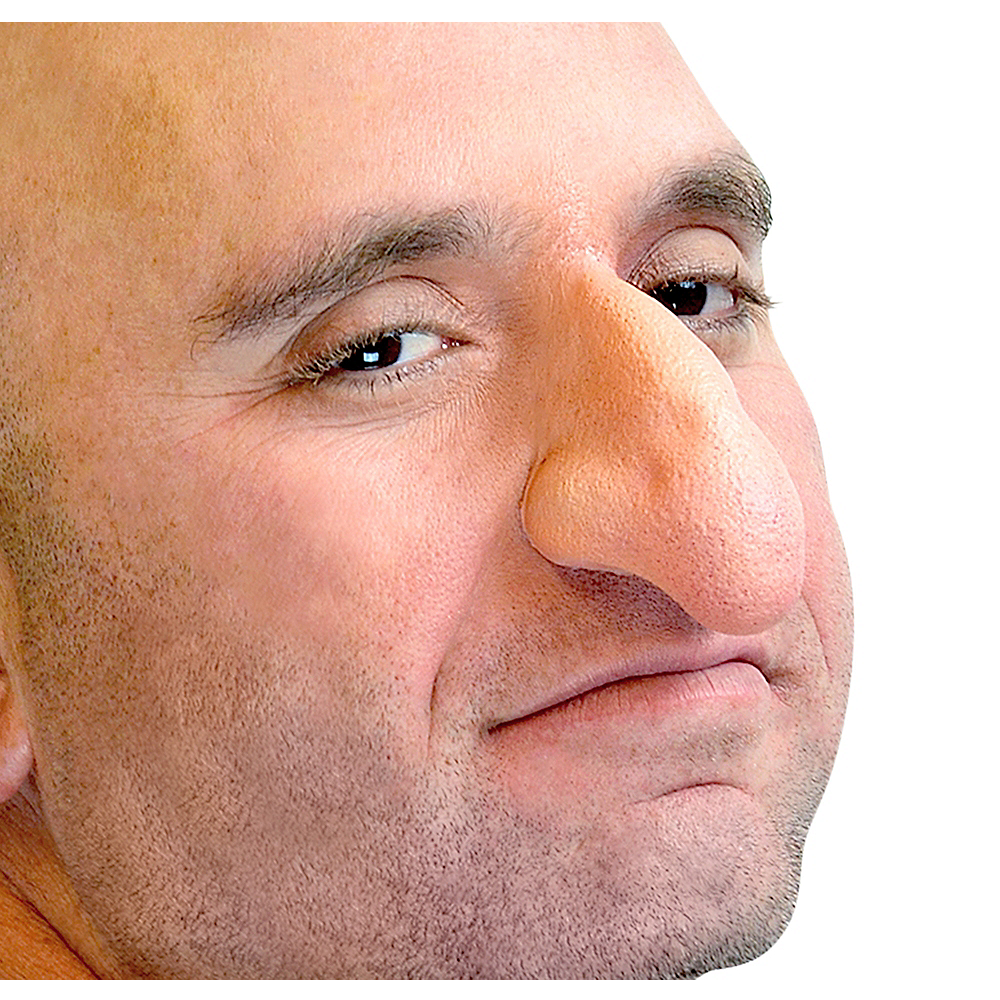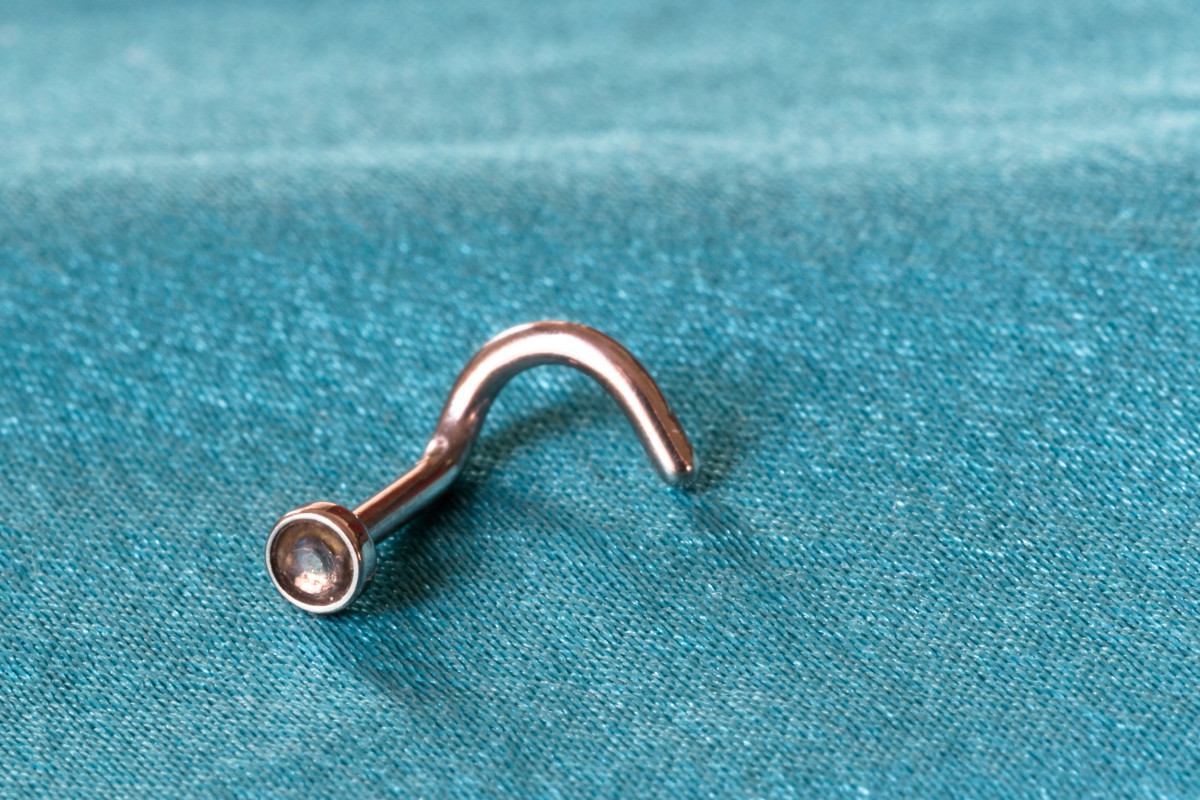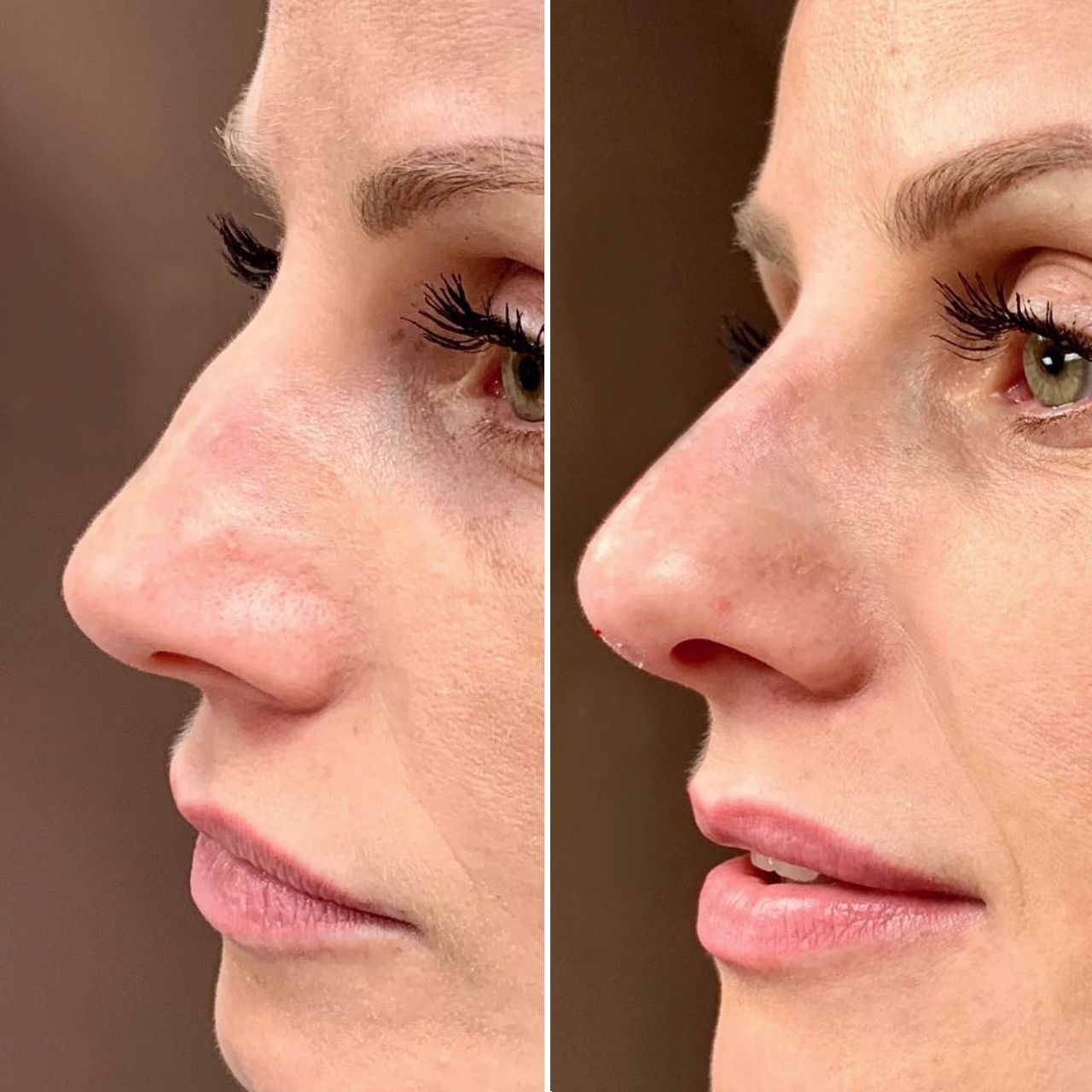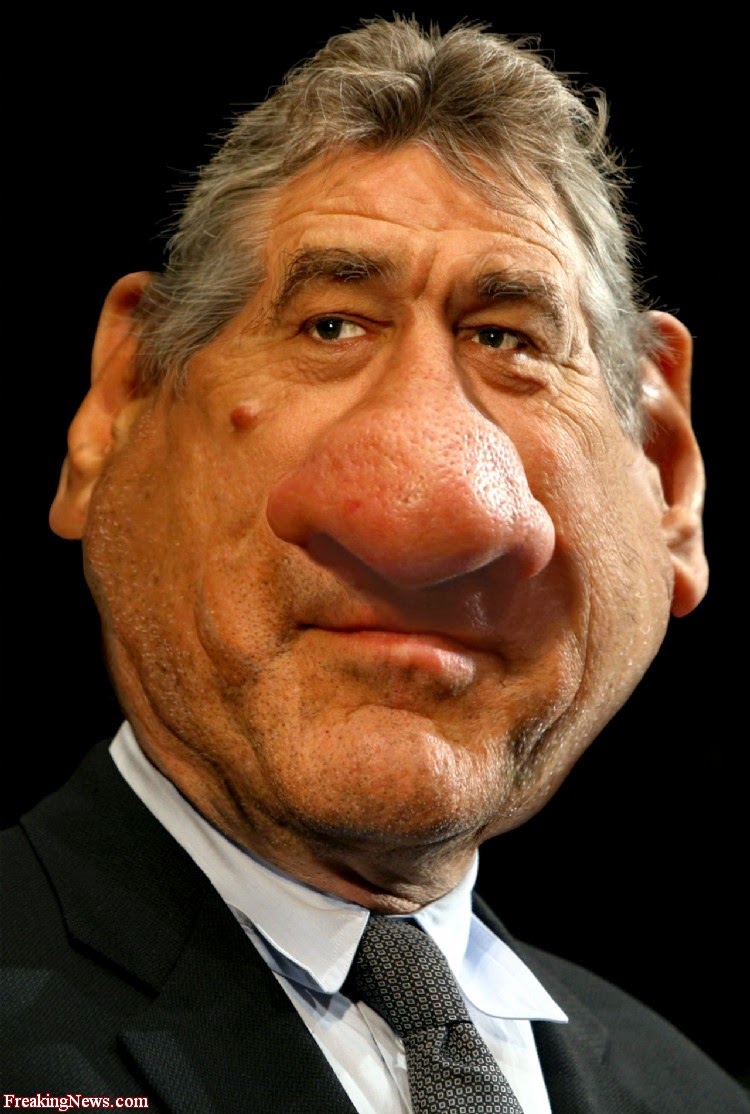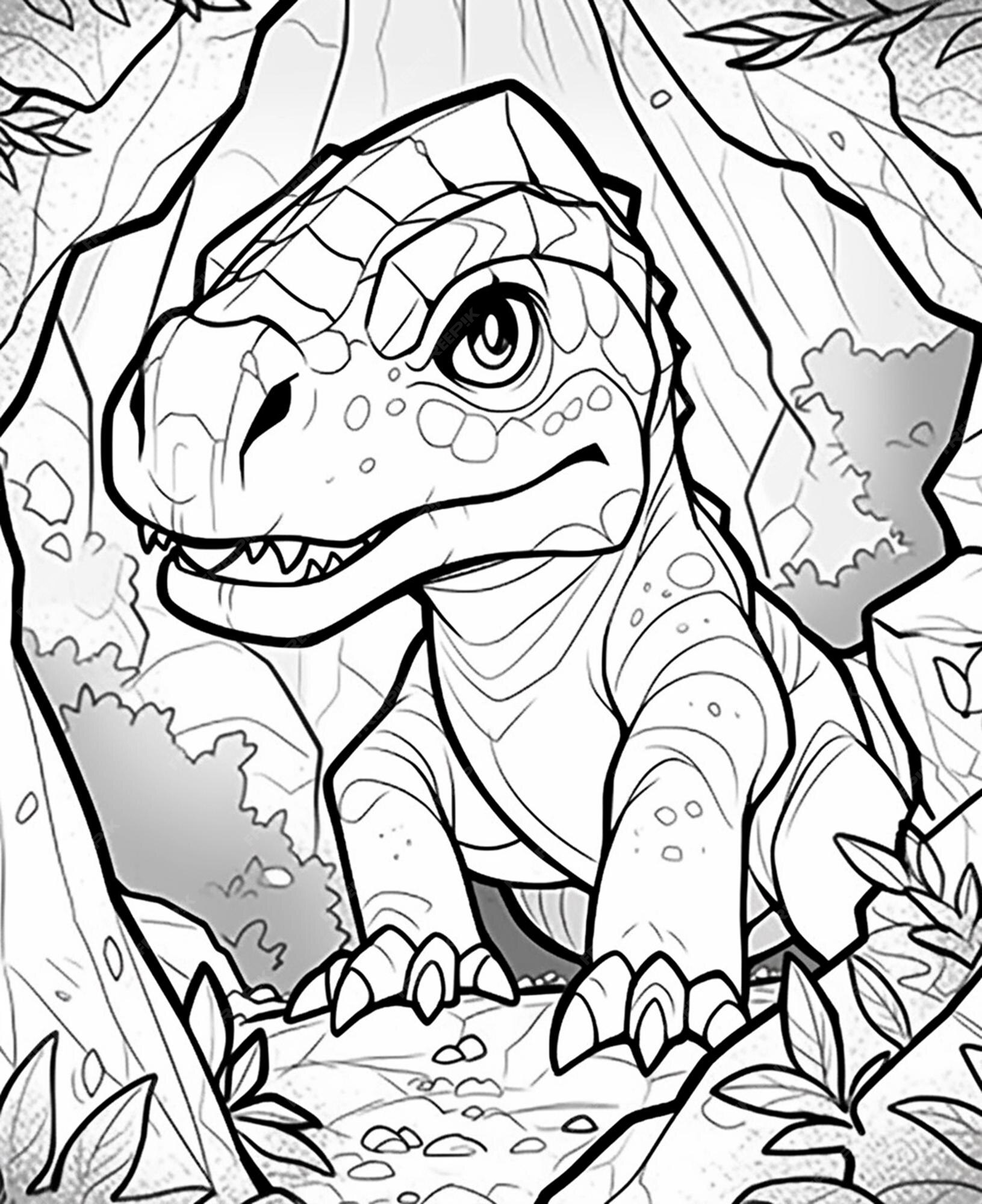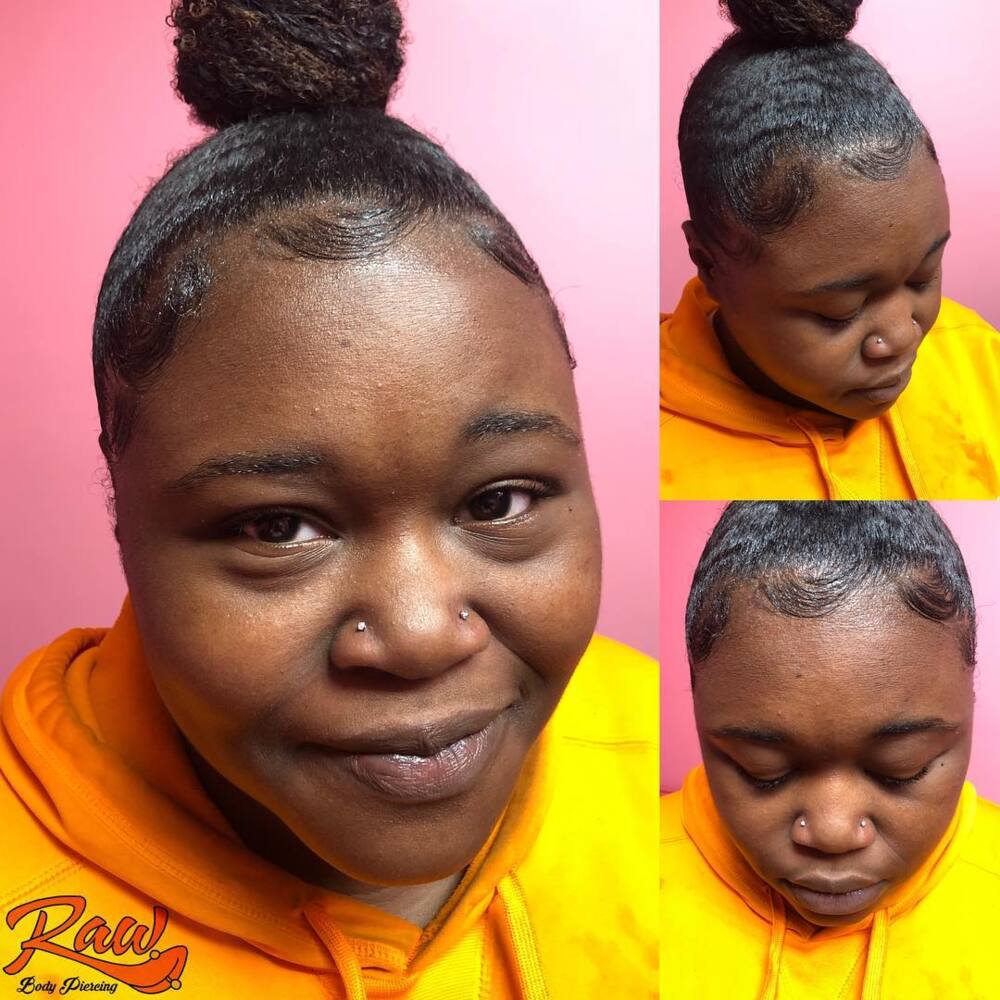Unique Info About How To Tell If Your Nose Is Big

Polyps can sometimes be seen using an otoscope—a device originally designed for looking in the ears.
How to tell if your nose is big. People may feel like the size of their nose is disproportionate to the rest of their face. A great way to measure if the nose is big is by using the nasolabial angle. You could also try making your upper lip a little fuller and more protruding.
The ‘is my nose big?’ calculator works by computing the ratio of the width of your nose to that of your face. 10 ways to get rid of a stuffy nose. If your nasal polyps are very low in your nose, you might even be able to see them in the mirror.
Identify why you are concerned about your nose. Typical for women of european descent. Bigger nose bridge, larger or flared nostrils.
Rhinophyma is a skin disorder characterized by a large, red, bumpy or bulbous nose. One method is to compare the nasal length with the nasal projection. Signs of narrow nasal passages in adults include:
Excessive facial flushing is often the first symptom of rosacea. The nasolabial angle is the measurement of the angle between the nose’s base and the upper lip. They soak in all the dirt and grime that lands on your face throughout the day.
Nasal polyps are painless growths inside the nose or the hollow areas inside the bones of the face, also known as sinuses. A high nose bridge is typical for women of european descent. Maybe someone made an unkind remark about your nose to you one day, or you suddenly noticed an imperfection on your nose that.
Thickened skin on the nose and elsewhere on the face. Symptoms of narrow nasal passages in infants. More significant disproportions may warrant surgical rhinoplasty for permanent, noticeable changes.
Small nasal polyps might not cause symptoms. The nose should ideally project to a distance about 2/3 the length of the nose. In babies and young children.
They can assess if your nose is too big or needs a modification. Big or wide noses can be hereditary, the result of aging, or caused by trauma. If your nose is somewhat large, isn't especially plump or bony, and doesn't have a bump on the bridge:
When evaluating a large nose for potential correction, the height of the nose, length of the nose and width of the nose should be considered. There's no set number to determine whether a nose is too big or not. Choose the right surgeon.






